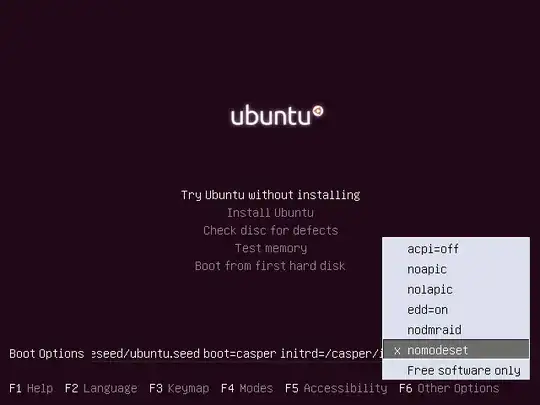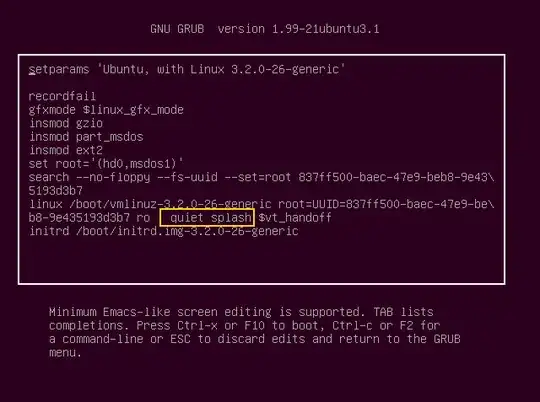I'm new in this forum.
I know, that this is an old problem and I have been reading other questions regarding this. However, I've been unable to find the solution.
I've been trying to install Ubuntu 14.04 on my Asus Vivobook F200MA machine from USB, but the screen goes black, if I choose any of the options. It is a new machine, with only freedos on it.
If I follow the instructions on
My computer boots to a black screen, what options do I have to fix it?
it still doesn't work.
SATA is set to AHCI, Secure Boot is disabled, CSM is enabled.
Do you have any ideas, how I could install it?
Edit:
I have tried:
- checking the usb for errors (no errors),
- verified the integrity (alright),
- disabled the secure boot
- enabled csm
- set SATA to AHCI from the menu (try without installing, install and check for defects) because the screen goes black.

